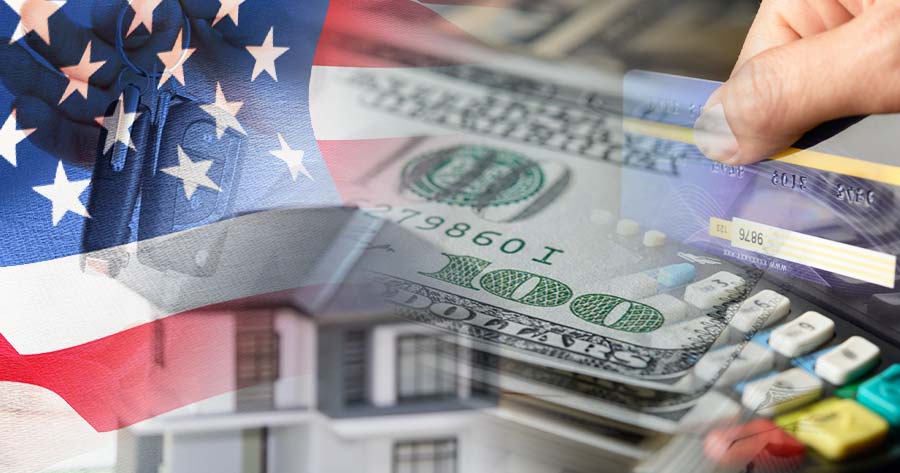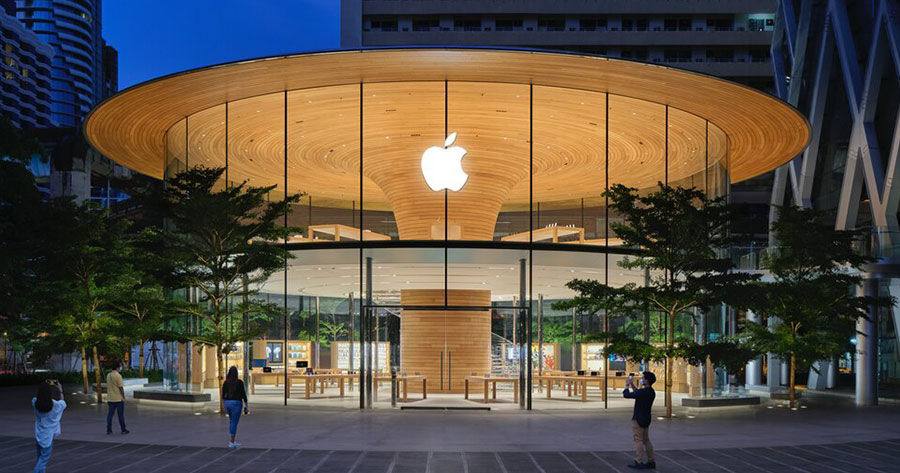Capital markets started to price in a positive sentiment after the US Federal Reserve said that it will cut interest rates next year. The markets believed that this is the end of the rate-hike cycle. However, consumers are still feeling the pain from a 22-year high interest rate and will continue to do so until at least March next year.
Markets expected to see about five to six rate cuts next year. The first pivot could be as soon as March with a 70% probability, according to CME FedWatch Tool. The odds in March were much higher than 30-50% it once were prior to the Fed meeting. There is also about a 20% chance that the Fed could cut interest rate by 25 basis points next month.
Still, consumers continue to struggle amid the high interest rate cycle as the central bank tries to combat surging inflation without bringing down its economy to recession. During this period, mortgage rates hit 20-year highs at 8% in October, which was a considerable jump from 4.4% when the Fed started to raise interest rates in March 2022.
Since the last rate hike in July to 5.25-5.50%, the average credit card rate rose from 16.34% when the hike began in March last year to an all-time high of nearly 21% as of today. According to data from WalletHub, US consumers will end the year with $100 billion more in credit card debt.
Meanwhile, car prices and interest rates on new loans have been rising as the average rate on a five-year new car loan rises to 7.72% from 4% in March 2022.
The U.S. is notorious for its student loan debt, making it one of the political tools that Joe Biden uses to increase his popularity before the next election. Although the federal student loans are fixed, undergraduate students who took out new direct loans this year are paying at a higher rate at 5.50%, which is up from 4.99% in the 2022-23 academic year and 3.73% a year prior.





